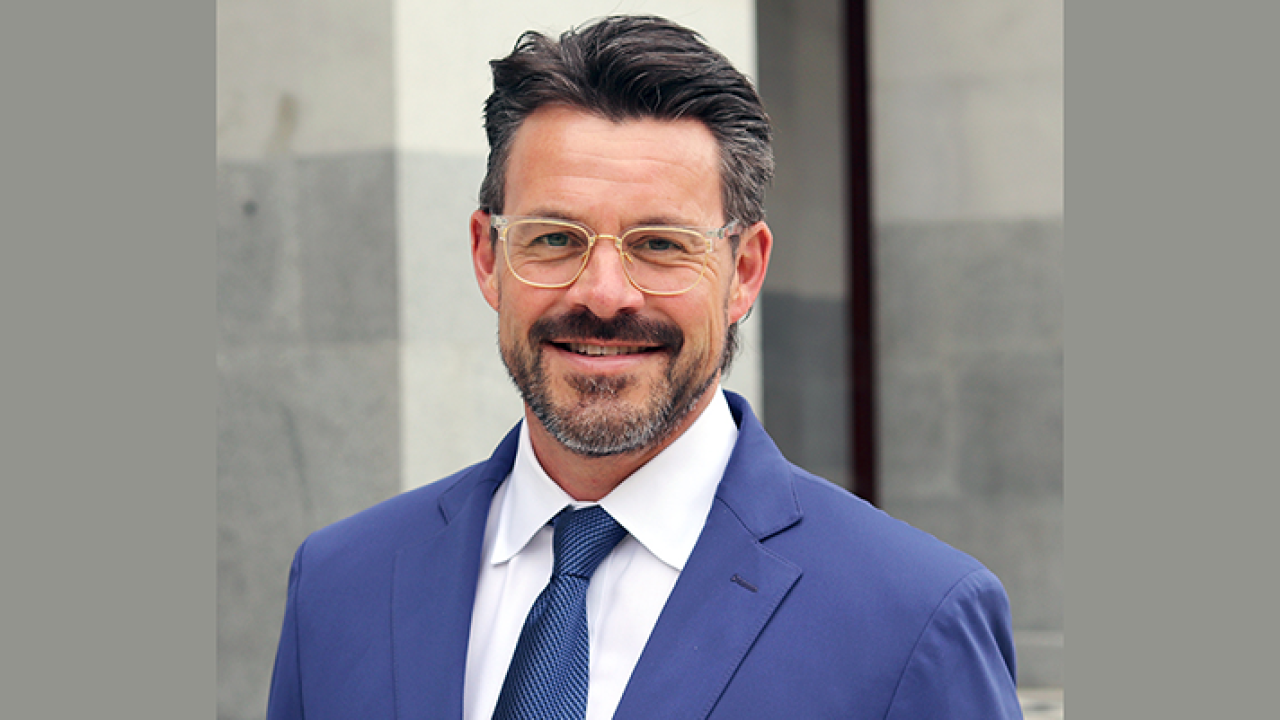
NEW ORLEANS – Municipal securities disclosure has improved in the two years since the announcement of the Securities and Exchange Commission's Municipalities Continuing Disclosure Cooperation initiative, but there are still questions and concerns as it continues to evolve, market participants said here.
They made their remarks during a panel on disclosure after MCDC at The Bond Buyer and Bond Dealers of America 2016 National Municipal Bond Summit.
The MCDC initiative promised underwriters and issuers lenient settlements if they self-reported instances where issuers falsely said in offering documents that they were in compliance with their continuing disclosure agreements.
To date, the initiative has resulted in settlements with 72 underwriters, which represent 96% of the municipal underwriting market by dollar volume. Underwriters who settled received a fine of up to $500,000 and were required to take steps to improve disclosure, including retaining an independent compliance consultant.
The SEC is currently negotiating settlements with issuers, after which the commission is expected to pursue actions against underwriters and issuers with violations who chose not self-report them under MCDC.
Lisa Washburn, chair of the National Federation of Municipal Analysts, cited statistics from a not-yet-released NFMA survey on disclosure that polled more than 200 members, saying there is agreement among analysts that disclosure has improved dramatically as those settlements have unfolded. But only 25% of respondents said they were satisfied with current disclosure.
Most of the lingering concern had to do with timeliness, she said, exhibited by annual financial statements that may only become available 270 days after the end of the fiscal year. Fewer than 20% of those polled said they were satisfied with that aspect of disclosure, according to Washburn, a managing director at Municipal Market Analytics.
Aside from market participants' increased awareness of their disclosure obligations after MCDC, Washburn said a large amount of the improvement is attributable to the Municipal Securities Rulemaking Board's EMMA making available disclosure information in one place.
However, she added many respondents still believe EMMA can be improved to ensure issuers are filing data in the right place, a hurdle each of the panelists mentioned as an ongoing problem. There also is room to modernize EMMA's technology to make it more usable, efficient, and able to be leveraged, Washburn said.
These and other issues have been discussion points during several collaborative gatherings of municipal market groups, including NFMA, to respond to the need for more improvements in disclosure.
Rebecca Lawrence, public finance legal counsel for Piper Jaffray & Co., said one of the things that astonishes her the most about current disclosure is the varied responses she has seen around the country as MCDC has unfolded.
"For me the disparity and inconsistency in the marketplace is one of the biggest frustrations," she said. Some issuers already have thorough policies and procedures in place and are in compliance while others, usually those that are smaller, still do not have a good understanding of their responsibilities and the SEC's Rule 15c2-12 on disclosure, Lawrence added.
Washburn said she has seen other problems with issuers, with some feeling they should be compensated for good disclosure in their offerings or treating 15c2-12 "as a ceiling instead of a floor."
"Good disclosure is a gateway issue for issuing in any public market," Washburn said. "It may not be direct in [the] initial sale, but when you're looking at the functioning of the municipal market, good disclosure will facilitate good market function."
In addition to these concerns, other panelists brought up much-discussed ideas related to MCDC, such as the SEC giving issuers and market participants a better sense of what they consider to be material and necessary for disclosure.
Jacob Lesser, director of Promontory Financial Group who has served as an independent compliance consultant for firms submitting under MCDC, said that from the small sample size he has seen, "the industry has made great improvements in what they are doing through due diligence under 15c2-12." But determining whether something is material to an investor can still be difficult given the unique aspects of the muni market, he added. Lesser agreed with other panelists when they said it seemed the SEC provided good examples in the underwriter settlements for firms to follow in the future.
The SEC generally gave between one and three examples of actionable failures to disclose in each settlement.
Gregg Bienstock, chief executive officer and co-founder of Lumesis, Inc., a company that gives technological compliance support for customers seeking to improve disclosure, called the SEC's examples "guardrails" for future disclosure.
He added that there is still a question about whether the investor, who the disclosure rules are designed to protect, really cares "if the issuer is 37 days late" in disclosing or is actually accessing the information on which dealers and issuers are putting more of an emphasis after MCDC.
"[The question is] even if all of the disclosures are being done, is all the information getting to where it should go," he said. "All this disclosure can be put out there but people have to put it to use."
The panel also touched on recent discussions about the role newly regulated municipal advisors could play in disclosure, possibly by taking some due diligence responsibility for assuring issuers are complying with their continuing disclosure requirements. The Securities Industry and Financial Markets Association, in an April 12 white paper, proposed that the SEC create a rule for MAs that parallels 15c2-12 and imposes some responsibilities on them in connection with deals in which they participate.
Lawrence said that new requirements like MSRB Rule G-42, which lays out the core duties of non-dealer MAs in the market and has an effective date of June 23, are already going to make advisors think twice about the services they are providing to clients and how they will have an impact on disclosure. However, she said, the impact may come only after the SEC takes some enforcement actions regarding these duties.
Bienstock agreed that G-42 is going to helpful in regard to due diligence and added that he thinks there's going to be a lot of discussion on the SIFMA white paper, although there could be a "long road" to follow before there are any changes.
Other questions about continued disclosure development revolve around whether firms choose to outsource disclosure work, the panelists said.
Michael Walsh, senior vice president and head of sales for DPC Data, Inc., said he is seeing a lot of underwriters deciding between in-house and outsourced work based on what makes the most economic sense for them. Much of the work revolves around organizing data, he added, which is "a heavy lift," especially when there is staff turnover at a firm. When an underwriter relies on firms like DPC Data to organize the data, he said, it frees the underwriter up to really focus on making judgments and decisions with regard to underwriting.
Bienstock said that having a third party organize the necessary disclosure data is also a good way for underwriting firms with multiple offices to create consistency across its branches.





